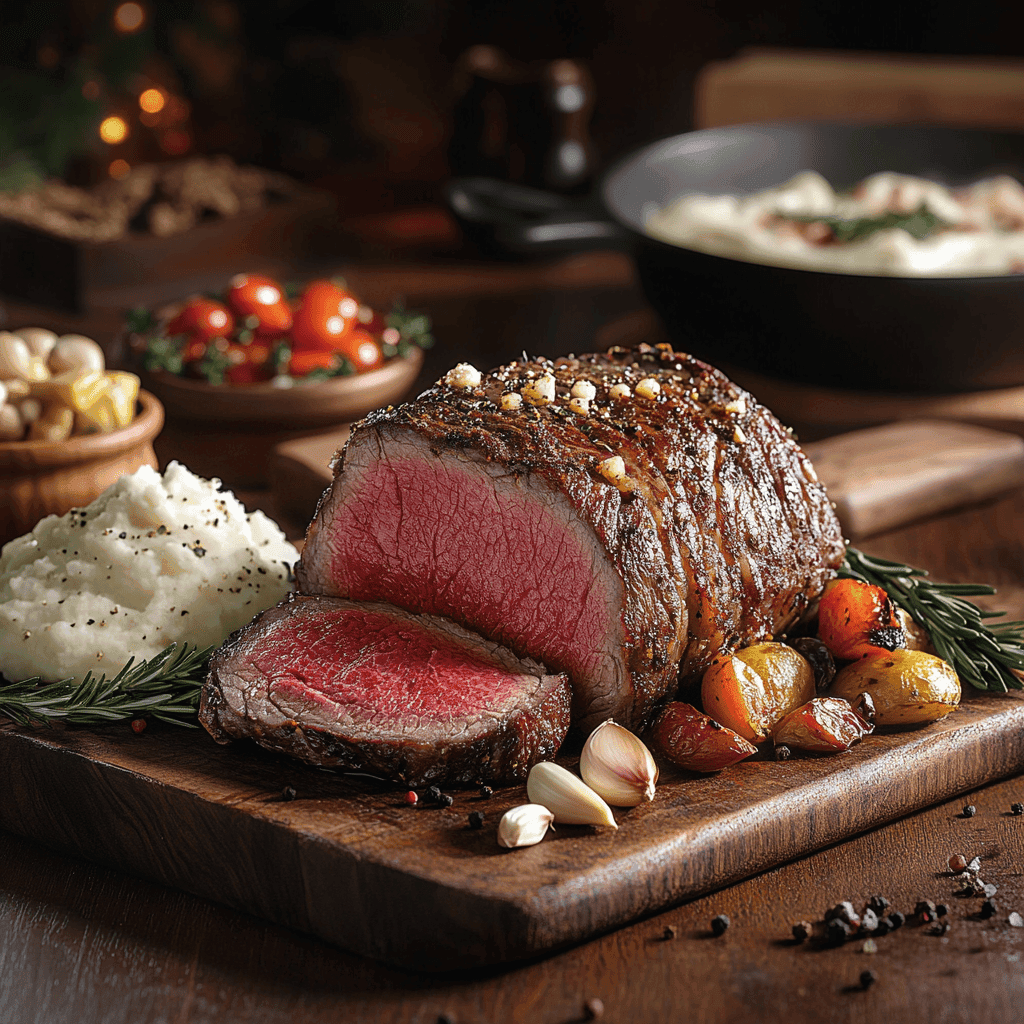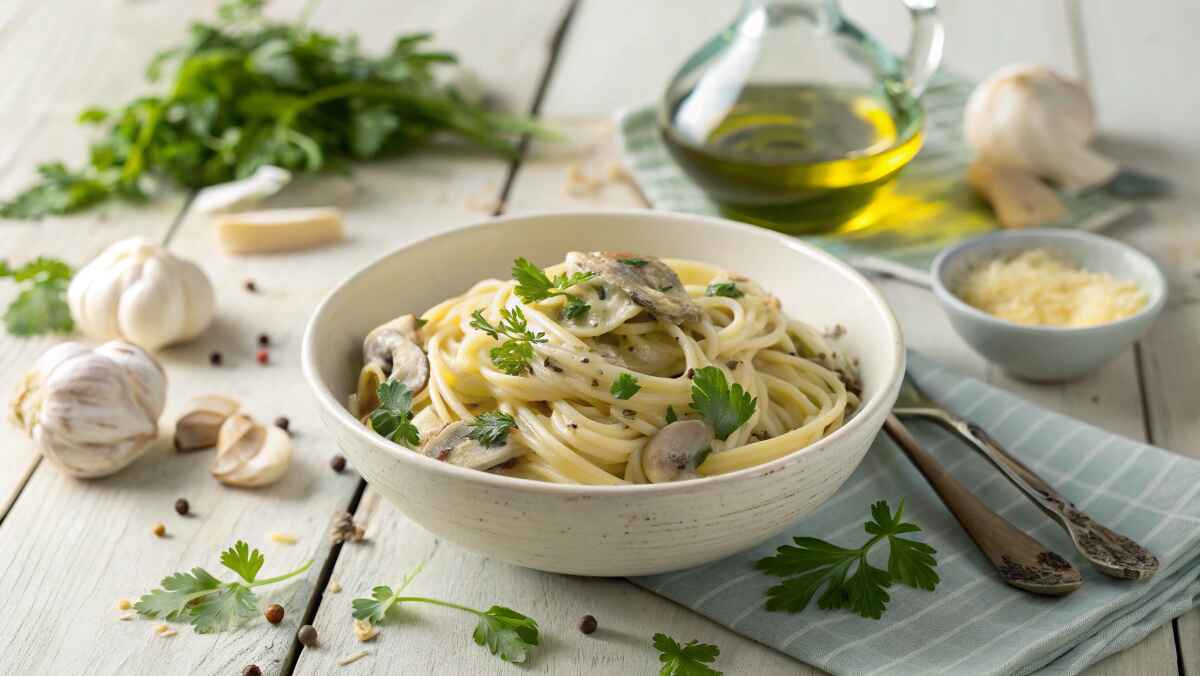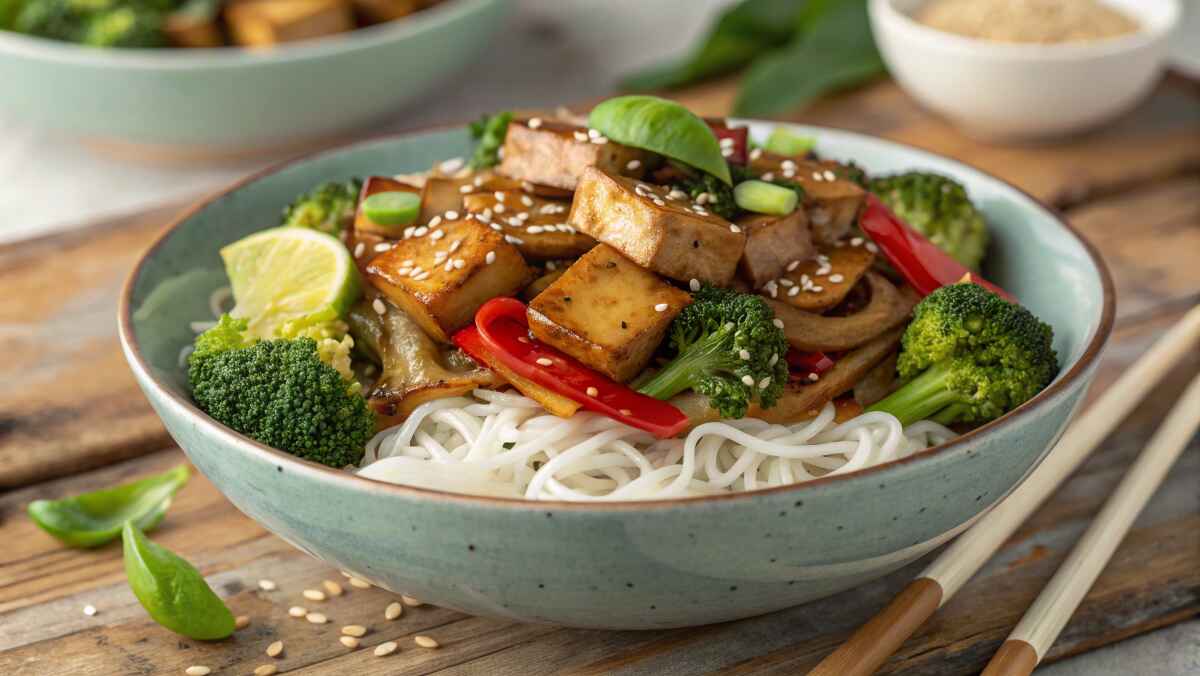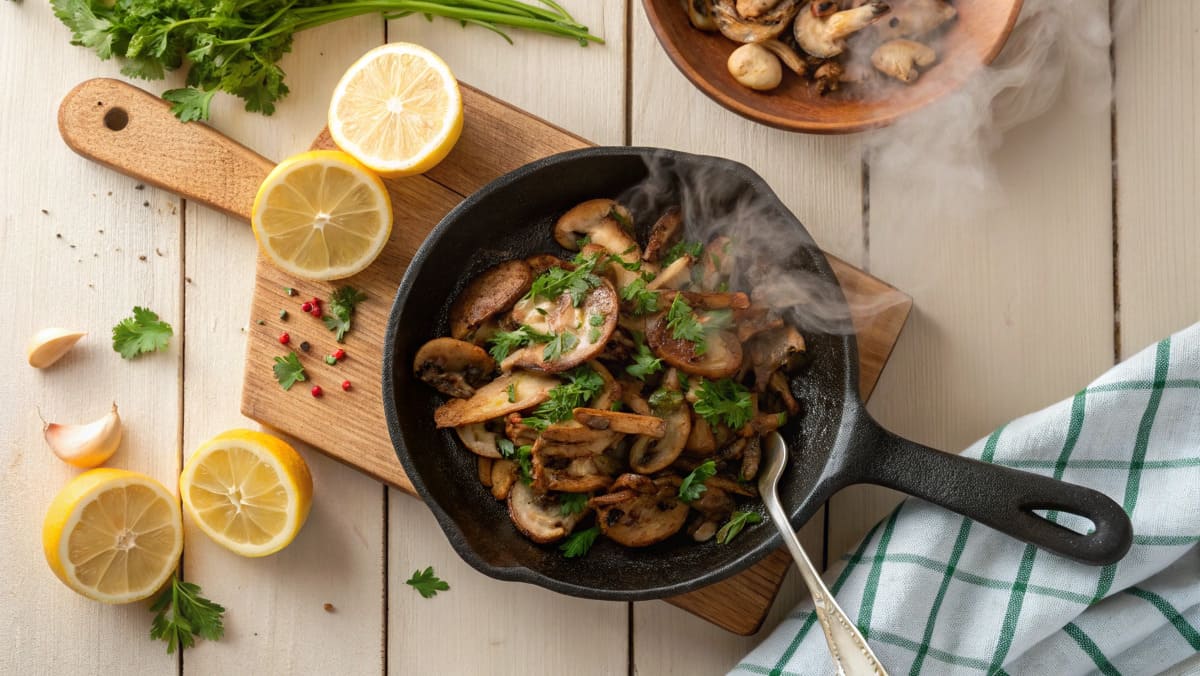Is Cowboy Steak a Ribeye? If you’re a steak lover, you’ve likely seen both Cowboy Steak and Ribeye Steak on steakhouse menus or at your local butcher shop. Both cuts are renowned for their incredible flavor, rich marbling, and tender texture, making them popular choices among steak enthusiasts. But are they the same?
While the Cowboy Steak and Ribeye share a common origin—both coming from the rib primal section of the cow—they have key differences that set them apart. The Cowboy Steak is essentially a bone-in ribeye with a longer, frenched bone, giving it a bold, rustic presentation and adding extra flavor during cooking. Meanwhile, the Ribeye Steak can be boneless or bone-in, offering more versatility and convenience depending on the cooking method and preference.
In this guide, we’ll dive deep into the relationship between Cowboy Steak and Ribeye, exploring:
✅ Their similarities and differences
✅ Why the Cowboy Steak stands out
✅ Which cut is best for different occasions
✅ Tips for cooking each steak to perfection
By the end, you’ll have a clear understanding of what makes each cut unique and how to choose the perfect steak for your next meal. Whether you’re after the bold, dramatic presentation of a Cowboy Steak or the classic, melt-in-your-mouth tenderness of a Ribeye, both cuts deserve a spot on your plate! 🥩🔥
What Is a Ribeye Steak?
A Ribeye Steak is one of the most coveted cuts of beef, celebrated for its combination of marbling, tenderness, and rich flavor. It originates from the rib primal section of the cow, located between the chuck (shoulder) and loin. This section is naturally more tender because the muscles in this area are not heavily worked.
The Ribeye gets its name from the “eye” of meat in the center of the cut, which is surrounded by a rich layer of marbled fat. This marbling not only enhances the steak’s flavor but also keeps it moist and juicy during cooking.
Ribeye is available in two main forms: boneless and bone-in. While boneless ribeye is easier to cook and eat, the bone-in version provides an extra layer of flavor and a dramatic presentation that many steak enthusiasts love.
Key Features of Ribeye
- Marbling:
Marbling is the fine streaks of fat that run through the meat. In Ribeye, this marbling is abundant and evenly distributed, making it one of the juiciest and most flavorful cuts available. As the steak cooks, the fat melts, infusing the meat with a buttery, rich flavor that is hard to beat. - Boneless or Bone-In:
- Boneless Ribeye: Easier to cook and handle, this version is perfect for quick grilling or pan-searing.
- Bone-In Ribeye: The bone acts as an insulator, helping the meat retain moisture and adding depth to the flavor. It’s also visually impressive, making it a popular choice for special occasions.
- Versatility:
Ribeye is incredibly versatile and can be cooked using various methods, including:- Grilling: Achieve a smoky flavor and a perfect sear.
- Pan-Searing: Use a cast-iron skillet to create a beautiful crust.
- Oven-Finishing: Combine searing with oven baking for precise doneness.
Why Is Ribeye So Popular?
Ribeye is a cut that appeals to both novice and seasoned steak enthusiasts. Its marbling ensures a consistently flavorful experience, while its tenderness makes it easy to enjoy without a lot of effort. Whether you’re enjoying it as a simple weeknight meal or as the centerpiece of a celebratory dinner, Ribeye offers the perfect balance of beefy flavor and melt-in-your-mouth texture.
Comparing Ribeye and Cowboy Steak
Ribeye and Cowboy Steak share the same flavorful origin—the rib primal section—but their presentation and specific characteristics set them apart. While Ribeye is often boneless and convenient for everyday cooking, the Cowboy Steak’s bone-in design and thicker cut make it a show-stopping choice.
For those who appreciate bold flavors and a hearty bite, both cuts provide an unforgettable steak experience. Choosing between them often depends on the occasion, your cooking method, and your personal preferences.
What Is a Cowboy Steak?
A Cowboy Steak is essentially a bone-in ribeye with the rib bone left intact and trimmed to about 5 inches. This dramatic presentation enhances the flavor and gives the steak a rustic, hearty appearance. Its thickness and bone-in nature set it apart from standard ribeye cuts.
Learn more about the comparison between ribeye and other cuts like skirt steak in this ribeye and skirt steak guide.
Key Features of Cowboy Steak
- Bone-In: The rib bone is left in place, adding to the steak’s flavor and presentation.
- Thickness: Cowboy Steaks are thicker than most ribeye cuts, often ranging from 1.5 to 2 inches.
- Rustic Appeal: The bone acts as a natural handle, making it a favorite for grilling and showcasing.
How Are Cowboy Steak and Ribeye Similar?
Cowboy Steak and Ribeye come from the same part of the cow—the rib primal section—and share several characteristics:
- Flavor Profile: Both cuts have rich marbling, which creates a juicy and flavorful bite.
- Cooking Methods: Both are versatile and can be grilled, pan-seared, or cooked in an oven.
- Tenderness: Due to their marbling, both cuts are incredibly tender and perfect for indulgent meals.
If you’re curious about cooking techniques for steak cuts, check out this guide to cooking steak in a cast iron skillet.
How Are Cowboy Steak and Ribeye Different?
1. Bone-In vs. Boneless
The most noticeable difference is the presence of the rib bone. Cowboy Steak is always bone-in, while ribeye can be boneless or bone-in. The bone not only enhances the Cowboy Steak’s flavor but also helps retain moisture during cooking.
2. Thickness
Cowboy Steak is significantly thicker than a traditional ribeye. This makes it ideal for high-heat cooking methods like grilling or reverse searing, as the thickness allows for a perfect crust while keeping the inside juicy and tender.
3. Presentation
The Cowboy Steak’s bone gives it a dramatic and rustic appearance, making it a showpiece for steak enthusiasts. Ribeye, especially boneless cuts, is more understated in presentation.
4. Cooking Time
Due to its thickness and bone, a Cowboy Steak takes longer to cook than a boneless ribeye. This makes it important to monitor the temperature closely to achieve your desired doneness.
Which Should You Choose?
The choice between Cowboy Steak and Ribeye depends on your preferences and the occasion:
- Cowboy Steak: Ideal for special occasions or when you want to impress with a dramatic presentation. The bone-in cut offers an extra depth of flavor.
- Ribeye: A versatile option for everyday cooking. Its boneless variety cooks faster and is easier to handle, while bone-in ribeye offers a middle ground between the two.
Cooking Cowboy Steak and Ribeye
Cooking Tips for Cowboy Steak
- Thickness Matters: Cowboy Steaks are thick, so bring them to room temperature before cooking for even results.
- Reverse Sear: Sear the steak on high heat, then finish in a low oven or on indirect heat for a perfect medium-rare.
- Resting Time: Let the steak rest for 10 minutes after cooking to retain juices.
For more cooking ideas, read this step-by-step guide to perfect grilling.
FAQs About Cowboy Steak and Ribeye
1. Is Cowboy Steak the Same as Ribeye?
Cowboy Steak is a type of ribeye cut with the rib bone left intact. It’s thicker and more dramatic in appearance than a standard ribeye.
2. Why Does the Bone Matter?
The bone in a Cowboy Steak enhances the flavor during cooking and helps retain moisture, resulting in a juicier steak.
3. Can You Cook Them the Same Way?
Yes, both can be cooked using similar methods, but Cowboy Steak requires longer cooking times due to its thickness and bone.
4. Which Is More Expensive?
Cowboy Steaks are typically more expensive than boneless ribeye due to their size, presentation, and labor-intensive trimming process.
5. Which Cut Is Better for Grilling?
Cowboy Steak is better suited for grilling, thanks to its thickness and the bone, which acts as a heat barrier. Ribeye, while versatile, cooks faster and is ideal for quick grilling.
While both Cowboy Steak and Ribeye come from the same flavor-packed rib primal, their presentation, size, and cooking experience set them apart. The Cowboy Steak, with its bone-in structure, extra thickness, and rustic appeal, is a bold and dramatic cut that turns any meal into an impressive steakhouse experience. The exposed rib bone not only enhances flavor and moisture but also adds visual flair, making it a show-stopping choice for special occasions and serious steak lovers.
On the other hand, Ribeye, whether boneless or bone-in, remains a versatile, classic choice for any occasion. Boneless Ribeye offers ease of cooking and quicker preparation, while bone-in Ribeye retains some of the Cowboy Steak’s rich texture and depth of flavor but with a more manageable size. No matter which cut you choose, both deliver a juicy, tender, and intensely flavorful steak experience that’s hard to beat.
Ultimately, the decision comes down to personal preference and dining occasion. If you’re looking for convenience and everyday indulgence, a Ribeye is an excellent option. If you want a steak that commands attention, with a primal, steakhouse feel, the Cowboy Steak is the way to go.
🔥 Whichever cut you choose, one thing is certain—both the Cowboy Steak and Ribeye deliver an unforgettable, mouthwatering experience that every steak lover will appreciate. So fire up the grill, season generously, and enjoy the rich, buttery goodness of these premium cuts! 🥩🔥




